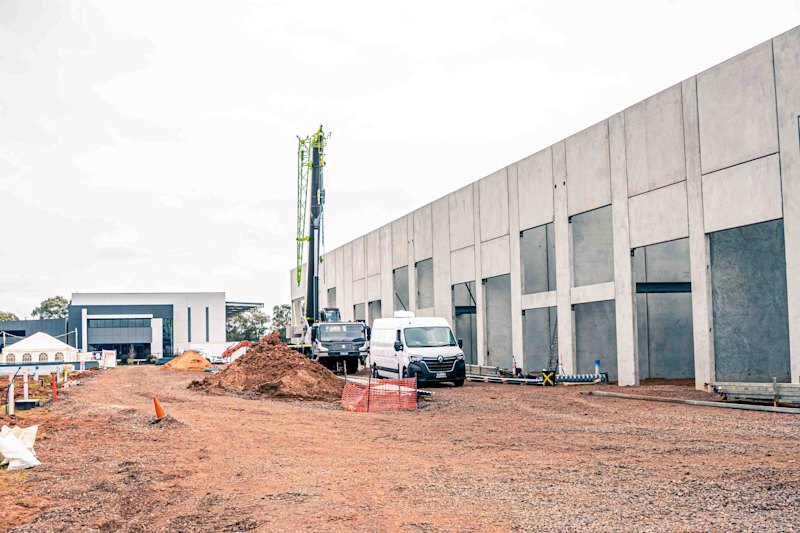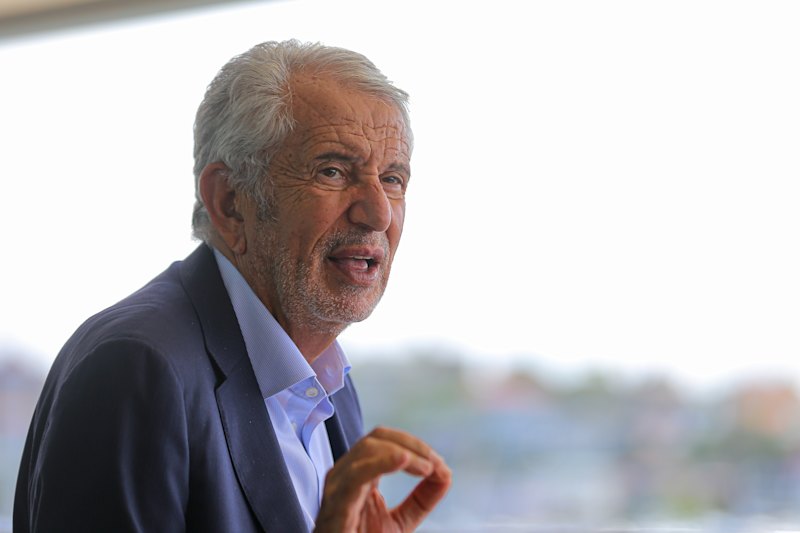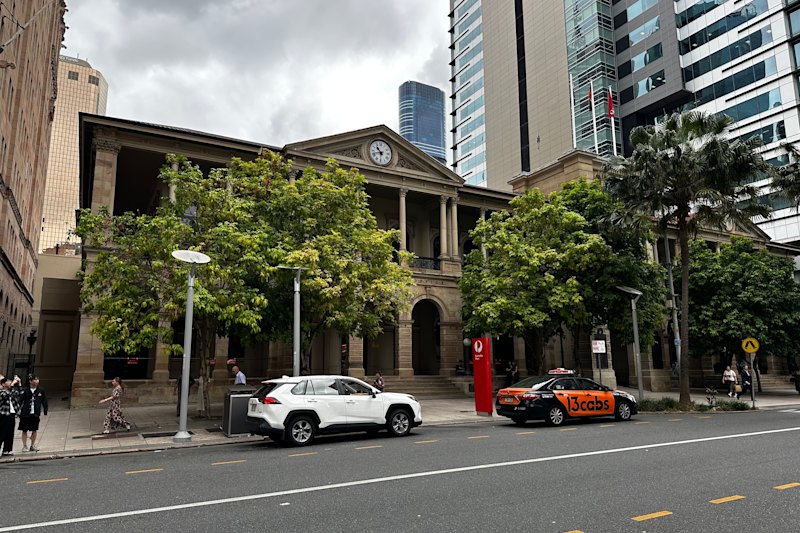
Renewables investment drives $23b regional construction boom
An explosion of renewable energy projects and the infrastructure needed to support them will power construction activity in regional Australia at twice the rate of work in capital cities over the next two years, new Macromonitor data shows.
Projects developing wind, solar and transmission facilities will push construction in Australia’s regions up $23 billion – or 19 per cent – between 2024/25 and 2026/27, well ahead of the $12 billion (or 7 per cent) increase forecast for capital cities, the consultancy said.

The figures, just part of an estimated $160 billion-worth of investment the country needs in new generation, storage and transmission infrastructure to meet its goal of net zero carbon emissions by 2050, shows that despite hurdles of cost, regulation and a lack of community support in some areas, work is taking place.
“The construction is moving forward one way or another,” said Macromonitor director Nigel Hatcher. “We’re building all this new renewable generation and there’s massive storage to go with all this stuff.”
The projections aren’t only about renewable energy. The $3.3 billion-worth of investment in WA’s Kimberley region is purely from the Browse and Crux LNG projects. LNG and coal account for hefty parts of the work in Queensland and NSW.
But projects that also include pumped hydro and energy storage are spreading the growth of infrastructure spend across a wide footprint – and that, in turn, is driving further investment activity.
In northern Victoria’s Shepparton, the predicted infrastructure spend over the next two years is $900 million.
That’s less than half of the Latrobe-Gippsland region’s predicted $2.3 billion total, but builder Rossiter Constructions is developing a multi-warehouse industrial park with gross floor area of 5000 square metres focusing on small-scale tenants that it says could support the region’s spend.
“Shepparton and the Goulburn Valley are becoming a hub for solar, battery storage, and grid-support projects, which drives demand for industrial space, specialised contractors, and local supply chains,” general manager Olivia Ross said.
The growth in renewable energy infrastructure is showing up in other reports.
Of the 30 largest projects the Australian Construction Industry Forum peak body added to its database in its last six-monthly report published in May, 19 were renewable energy projects worth a collective $23.5 billion of a total $38.5 billion, the largest of which was Vestas’ proposed 348-turbine, $2.5-billion Abercrombie Wind Farm Project outside Hay in western NSW.
The pickup in infrastructure work Macromonitor identifies in the regions comes as activity steadies off in the cities, where road and rail projects predominate.
“It’s stabilising [in the cities],” Hatcher said. “It’s not going to go any higher and will start to drop off in the next couple of years.”
Road and rail construction in the regions would also rise significantly over the next two years, with some regional rail projects including the 1700-kilometre freight Inland Rail project and connections to the Sunshine Coast and Gold Coast in Queensland, Macromonitor said.
Residential construction will also pick up 18 per cent in regional areas over the next two years as borrowing costs fall and migration policy encourages people to areas outside of the capital cities, the report says.
Macromonitor’s figures were in constant 2022/23 prices, so after inflation the actual increases would be greater, Hatcher said.
But the biggest driver of rising construction spend in regional areas would be infrastructure, not just for additional electricity capacity connecting areas that hadn’t previously been linked to the grid, but also to accommodate new generation types that needed new networks, he said.
“The types of transmission networks have to be different, with intermittent power sources,” Hatcher said.











